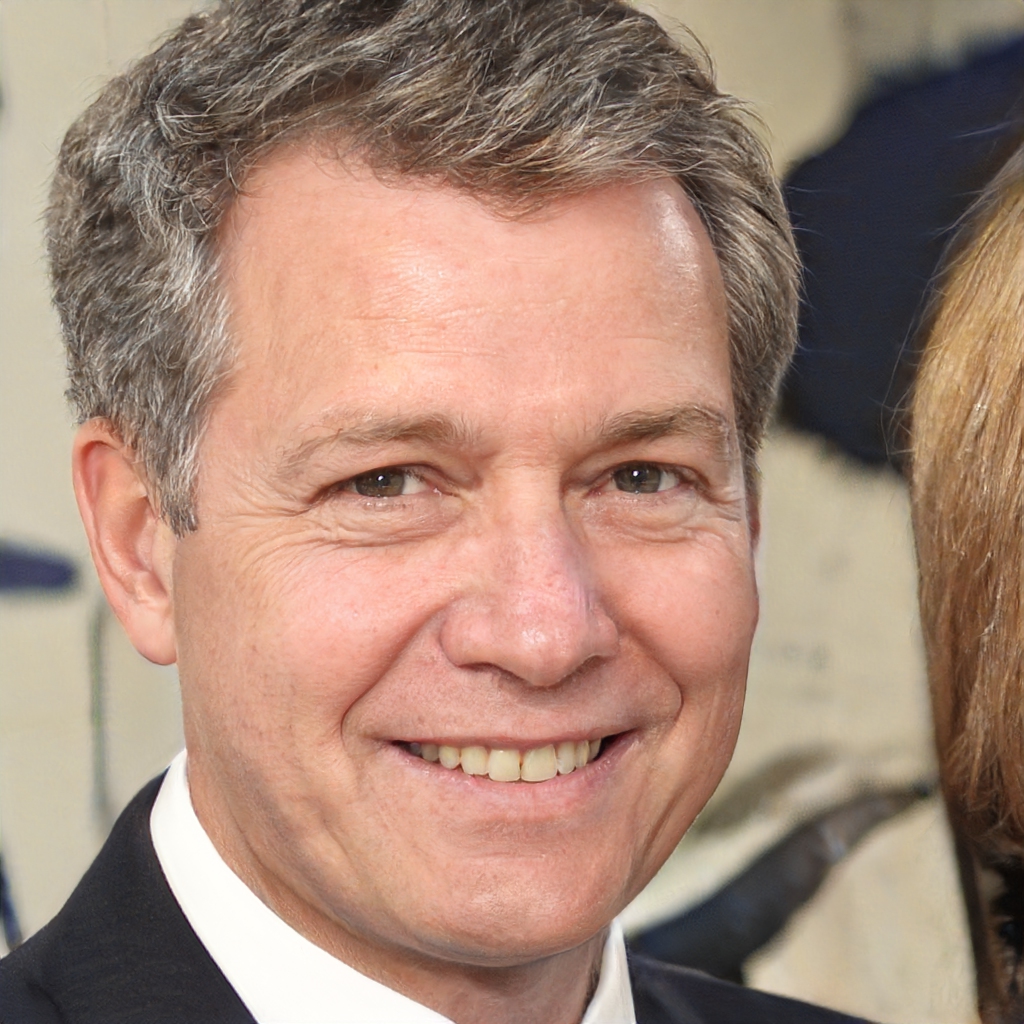A results-only work environment (ROWE) is a type of workplace where employees are evaluated based on their results, rather than on the number of hours they work.
In a ROWE, employees are free to work whenever and wherever they want, as long as they get their work done. This type of workplace is designed to promote creativity and productivity, and to give employees more control over their work-life balance.
ROWE is not a new concept, but it has gained popularity in recent years as more and more companies are looking for ways to improve employee productivity and satisfaction.
There are a few things to keep in mind if you're considering implementing a ROWE in your workplace. First, results-only work environments are not for everyone. Some people may prefer the structure and discipline of a traditional work environment. Second, ROWE requires a high level of trust between employees and managers. Employees must be able to self-manage their time and work, and managers must be willing to let go of some control. Finally, ROWE requires good communication and organizational skills. Employees and managers must be able to communicate effectively and work together to keep track of deadlines and projects.
If you think a results-only work environment could be a good fit for your workplace, there are a few resources to help you get started. The Results-Only Work Environment Network (ROWE-NET) is a
What is the ROWE model?
The ROWE model is a business model that focuses on results-oriented work environments. It was created by Cali Ressler and Jody Thompson, the founders of the management consulting firm CultureRx.
The ROWE model is built on the premise that employees are more productive when they are given the freedom to work whenever and wherever they want, as long as they meet their deadlines. This type of work environment has been shown to lead to increased engagement and satisfaction, as well as decreased turnover.
One of the key components of the ROWE model is regular check-ins between managers and employees. These check-ins are designed to ensure that everyone is on the same page and that deadlines are being met.
The ROWE model has been successfully implemented by a number of companies, including Best Buy and Google.
How companies might benefit from implementing a ROWE system?
There are a few key ways in which companies might benefit from implementing a ROWE system.
First, ROWE systems can lead to increased employee productivity. In a traditional work setting, employees may feel like they need to stay at their desk for long hours in order to be considered productive. However, this can often lead to employees feeling burnt out and less productive overall. With a ROWE system, employees are free to work when and where they want, as long as they meet their deadlines. This can lead to employees feeling more empowered and motivated to get their work done, leading to increased productivity overall.
Second, ROWE systems can lead to increased employee satisfaction and engagement. When employees feel like they have more control over their work life, they are often more satisfied with their job. This can lead to increased engagement, which can in turn lead to even more productivity.
Third, ROWE systems can help to attract and retain top talent. In today's competitive job market, top talent is often attracted to companies that offer more flexible work arrangements. By implementing a ROWE system, companies can make themselves more attractive to top talent, which can help to improve their overall performance.
Overall, there are many potential benefits of implementing a ROWE system. Companies that are looking to improve their productivity, engagement, and talent retention should strongly consider implementing a ROWE system.
What does ROWE mean in business? ROWE, or Results-Oriented Work Environment, is a type of business where employees are evaluated based on their results, rather than their hours worked. This type of business is becoming increasingly popular, as it allows employees to have a more flexible schedule and helps to promote a work-life balance.
